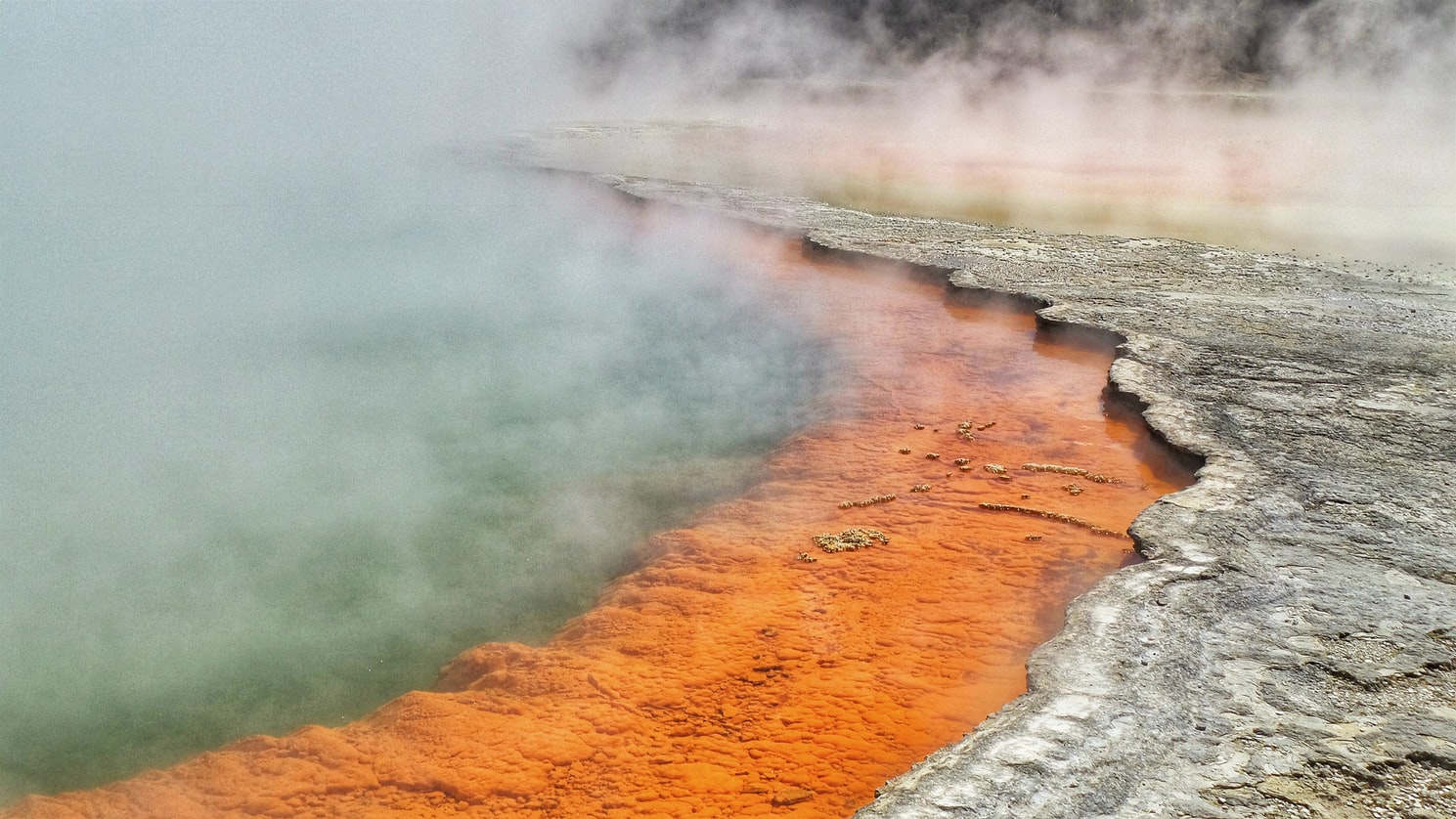GNS次世代地熱プロジェクトのリーダーであるイザベル・シャンブフォート博士は、次のように説明しました。「深層超臨界地熱とは、地球の深部にある超高温流体を指します。超臨界流体は、明確な液体および気体の相が存在しない臨界点を超える温度および圧力に存在する」と彼女は言った。
「それらは液体水よりも高い熱含有量と低密度を示すため、同量の抽出流体に対して従来の地熱源よりも何倍も多くのエネルギーを生成する可能性があります。」
純水の場合、超臨界温度は摂氏374度を超え、求められている流体は4km以上の深さで発見されることが予想されます。
世界的に、超臨界地熱からエネルギーを生成することは、まだ開発段階にあり、課題がないわけではありません。トコマック内部で必要とされる1億5千万℃の規模ではないかもしれません。
シャンブフォートは、多くの国で深い地熱イニシアチブが進行中であると述べた。「しかし、超臨界地熱貯水池をうまく利用している国はありません。日本もアイスランドも、パイロットの超臨界プロジェクトを確実に発電できる段階に成功したとは言えない」
ニュージーランドでの仕事は「順調に進んでいる」ものであり、多くの国の地熱チームとの強力なパートナーシップが含まれていました。
ドイツの固体地球科学研究センターで2017年に発表されたトーマス・レンシュが率いるこの分野の調査では、次のように指摘している。「地熱貯留層からの流体を超える温度と圧力条件での処理と利用を試みている間に、多くの深刻な問題が遭遇している。水の超臨界条件。」
このようなシステムの極端な温度と積極的な流体化学組成に対処するには、革新的な掘削と井戸完成技術が必要でした。アイスランドの一つの井戸から来た流体は、非常に腐食性と研磨性があった、と研究は述べた。
地熱田に掘削された25以上の深井戸が374℃を超える温度に遭遇した。これらの井戸はアメリカ、日本、イタリア、アイスランド、メキシコ、ケニアにありました。

















































